The Kyiv Post on Nov. 19 interviewed author Anne Applebaum about her new book “Red Famine,” a history of Josef Stalin’s drive to crush Ukrainian nationalism by starving to death 3.9 million Ukrainians in the 1932-1933 Holodomor. One of many common denominators with today is that Stalin and his modern-day Kremlin successor, Vladimir Putin, shared hatred and fear of the idea of Ukrainian independence. The Holodomor is officially commemorated on the last Satuday of November in Ukraine.
10 similarities in Kremlin’s approach to Ukraine during Holodomor and today
- Disdain for Ukraine as an independent nation.
- Willingness to kill Ukrainians.
- Punitive policies solely directed against Ukraine.
- Deployment of spies and propaganda.
- Constant search for “enemies of the people.”
- No respect for rule of law.
- Economic mismanagement; use of trade as political weapon.
- Denial of reality.
- Recruitment of Ukrainian traitors, gullible foreigners.
- Cover-ups of history.
Key excerpts from ’Red Famine‘
Language ban: 1804-1917
Cities under the Russian empire became islands of Russian, while Ukrainian was spoken mostly in the rural areas. Ukrainian national awakening gathered strength following the emancipation of the serfs across imperial Russia under Tsar Alexander II in 1861. Tsar Alexander I banned the Ukrainian language in 1804. The ban lasted until 1917.
Polish-Ukrainian war
When the Russian and Austro-Hungarian empires collapsed in 1917 and 1918, respectively, many Ukrainians thought they would be able to establish a state. But the Polish-Ukrainian war, killing 25,000 people, left much of western Ukraine, including Lviv, as part of Poland from 1919 to 1939. The dissolution of the Russian empire briefly put power in the hands of the Ukrainian national movement in Kyiv, but at a time when the country’s leaders were not ready to assume full responsibility.
Jan. 26, 1918 declaration
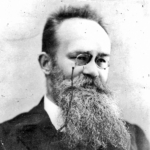
Mykhailo Hrushevsky
Leader of short-lived Ukrainian nation after 1917 revolution for independence.
A big Sunday march was held on April 1, 1917, and Mykhailo Hrushevsky was elected chairman of the Central Rada.
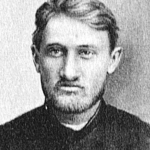
Alexander Schlichter Controlled food in Ukraine by 1919, instigated class war against “kulaks,” or anybody against Bolsheviks.
Ukrainian Foreign Minister Oleksandr Shulhyn won de facto recognition of the Ukrainian state declared on Jan. 26, 1918 from many nations. However, the public parades, the flags and the freedom that Hrushevsky and his followers greeted with so much optimism in the spring of 1917 did not lead to the creation of a functioning bureaucracy, a public administration to enforce its reforms or an army effective enough to repel invasion and protect its borders. By the end of 1917, all the military powers of the region were making plans to occupy Ukraine. To different degrees, each of them would attack Ukrainian nationalists, nationalism and even the language along with land.
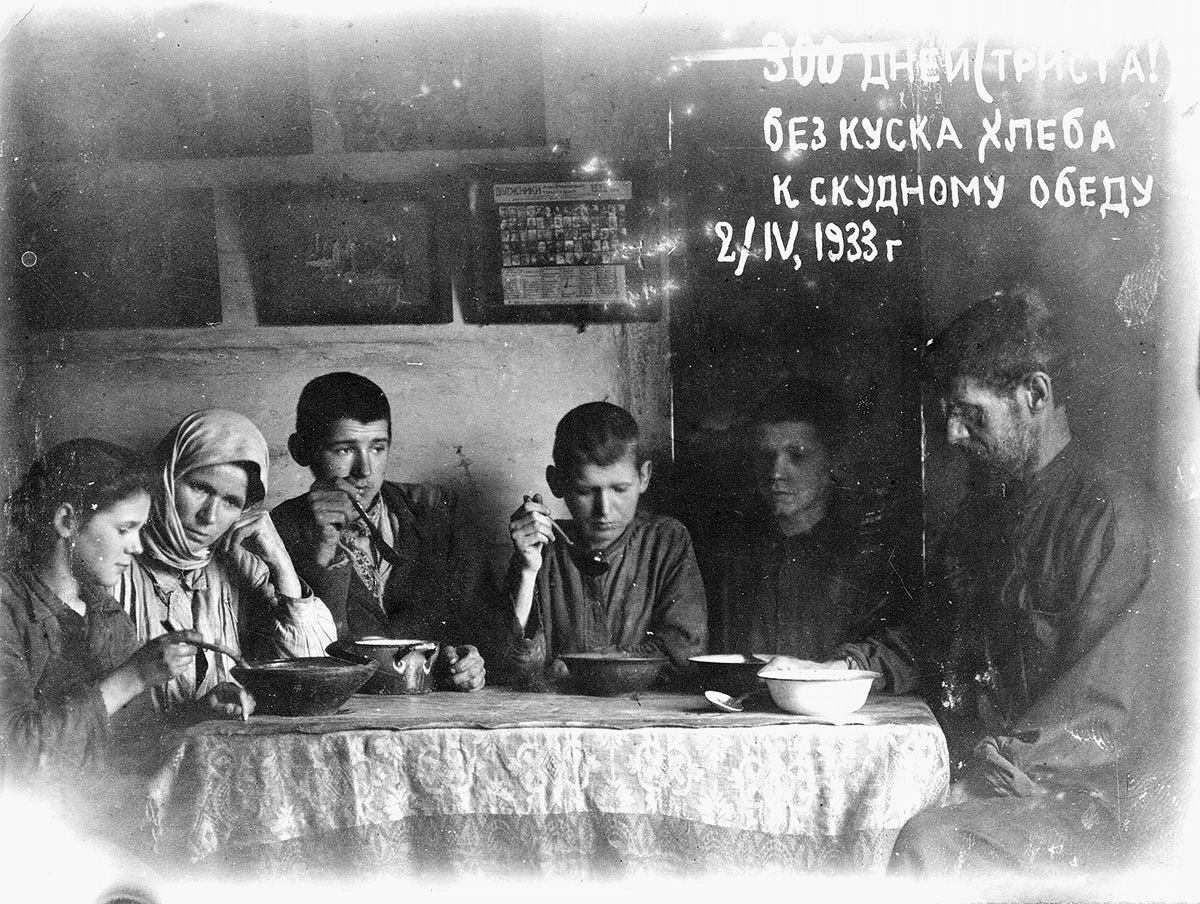
Boris Bokan, son of amateur photographer Mykola Bokan (R), took this photograph of his family at dinner during the Holodomor on April 2, 1933, in Baturin of Chernihiv Oblast. In the right corner, Bokan wrote: “300 days (three hundred!) without a piece of bread for our meager dinner, April 2, 1933.” (Ukrainian state archives)
Symon Petliura in 1918

Josef Stalin
Crushing Ukrainian identity became an obsession for the mass murderer, who starved Ukraine into submission by killing 3.9 million people.

Symon Petliura
Ukrainian independence leader assassinated in 1926. Soviets condemned dissidents as “Petliurites.”
By the middle of 1918, the national movement had regrouped under the leadership of Symon Petliura. On Dec. 14, 1918, Petliura’s troops marched into Kyiv, Odesa and Mykolaiv. Petliura never managed to obtain complete legitimacy and could not enforce rule of law.
Josef Stalin’s goal
As the People’s Commissar for Nationalities, Josef Stalin was a member of the first Bolshevik government. With Ukraine, he had two immediate priorities. The first was to undermine the national movement, clearing the Bolsheviks’ most important rival. The second was to get hold of Ukrainian grain.
Killing Ukrainians
On Feb. 9, 1918, Kyiv fell to Bolshevik forces for the first time, but the rule lasted only a few months. General Mykhail Muraviev ordered the execution of suspected Ukrainian nationalists. His men shot anyone heard speaking Ukrainian and destroyed any evidence of Ukrainian rule, including the Ukrainian street signs that had replaced Russian street signs only weeks before.
Lenin takes grain in 1918
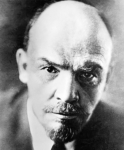
Vladimir Lenin
Started confiscating grain in 1918. In 1922: “We must teach these people a lesson right now, so that they will not even dare to think of resistance in the coming decades.”

Raphael Lemkin
Onetime Lviv resident coined the word “genocide” and said it applied to Holodomor.
Vladimir Lenin sent the Red Army to confiscate Ukrainian peasants’ grain. Lenin in January 1918: “For God’s sake, use all energy and all revolutionary measures to send grain, grain and more grain!!” The Bolshevik obsession with food was no accident: The Russian empire had been struggling with food supplies ever since the outbreak of World War I. In spring 1918, to force the peasants to give up their grain and to fight the counter-revolution, Lenin also created the “extraordinary commission,” also known as the Cheka. This was the first name given to the Soviet secret police, later known as the GPU, OGPU, NKVD and KGB.
Bolshevik rule in 1919
The second Bolshevik occupation of Ukraine began in January 1919 and would last for six months. They banned Ukrainian newspapers, stopped the use of Ukrainian in schools and shut down Ukrainian theaters. The Cheka arrested Ukrainian intellectuals, accusing them of separatism. Russian troops shot anyone in Kyiv who spoke Ukrainian and considered himself a Ukrainian. When offered the chance to join collective farms in 1919, very few Ukrainian peasants accepted. War Communism meant the militarization of economic relationships. In the countryside, the system was simple: take control of grain, at gunpoint, and then redistribute it to soldiers, factory workers, party members and others deemed essential by the state.
Kyiv expels Bolsheviks
The Bolsheviks were expelled from Kyiv for the second time in August 1919. In their wake, the largest and most violent peasant uprising in modern European history exploded across the countryside. All told, Kyiv changed hands more than a dozen times in 1919 alone. Massacre followed massacre. The peasants’ resistance infuriated the Bolsheviks, who increased their brutality, sometimes calling for the entire adult male population of a village to be wiped out. Between 1918 and 1920 combatants on all sides murdered at least 50,000 Jews in 1,300 pogroms across Ukraine. The pogroms, like the civil war itself, contributed to the brutalization of the population, which quickly learned to conform to the will of men with guns.
Aftermath of uprising

Walter Duranty
New York Times journalist won a Pulitzer Prize despite denying Holodomor’s existence.
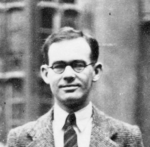
Gareth Jones
In March 1933, the Welsh journalist took a trip north of Kharkiv and exposed the famine to the West.
The Ukrainian peasant uprising devastated the countryside and created divisions that would never heal. The experiences of 1919 taught the Bolsheviks to see Ukraine as potentially dangerous and explosive, and Ukrainian peasants and intellectuals as threats to Soviet power. The rebellion also taught them to see Ukraine as a source of future military threats.
Soviet control & famine
In 1922, with the Bolsheviks consolidating their power, Lenin wrote to Vyacheslav Molotov: “We must teach these people a lesson right now, so that they will not even dare to think of resistance in the coming decades.” The end of the civil war brought back mandatory food confiscation. Lenin’s instructions explicitly called for the requisitioning of all grain. Mass hunger, including starvation, from 1920–1922 prompted international aid. The famine eased in 1923. Between 250,000 and 500,000 people in southern Ukraine, the hardest-hit region, died in three years of famine.
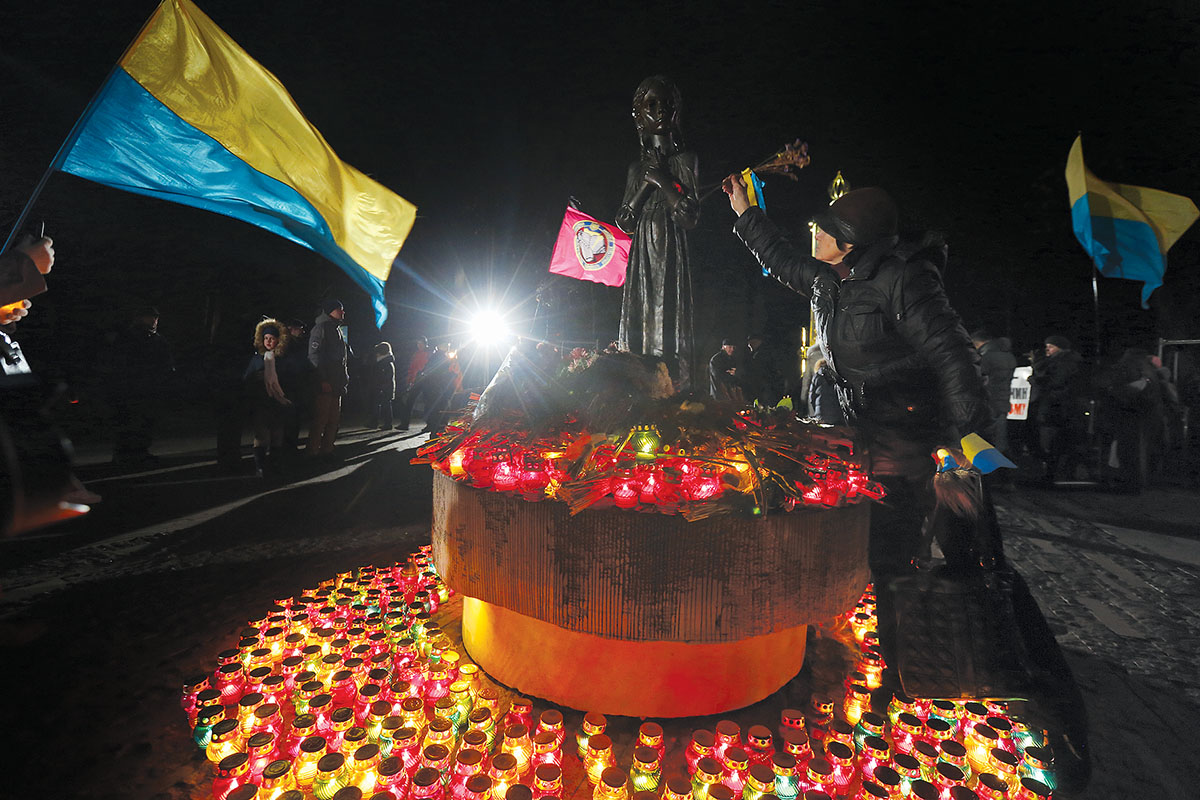
A woman pays tribute to Holodomor victims in Kyiv on Nov. 26. Ukraine commemorates the 3.9 million victmis of the Holodomor, deliberately starved to death in 1932-1933 by Soviet mass murderer Josef Stalin, on the last Saturday in November. (Volodymyr Petrov)
NEP starts in 1922
By 1922, Soviets reversed course adopted the New Economic Policy. They stopped grain confiscation, allowed free trade and also adopted a new policy that gave official status and priority to national languages, culture, affirmative action — Ukrainization. Yet, as Ukrainian communist Volodymyr Zatonskyi said: “It is an old habit of comrades to look upon Ukraine as Little Russia, as part of the Russian empire — a habit that has been drummed into your heads through the millenia of the existence of Russian imperialism.” The Bolsheviks were committed to a centralized state and the destruction of independent institutions.
Stalin ends NEP in 1928

Rhea Clyman
Poland-born Canadian journalist also exposed Holodomor, leading to her expulsion from U.S.S.R.
On Jan. 19, 1928, Stalin’s secret police issued a decree stating that anyone who refused to sell grain to the state at the agreed price would be arrested and tried. With that order, the New Economic Policy came to an end. Stalin decided to start collective farming as part of the first five-year plan. Show trials started in 1929 with 30,000 people arrested in Ukraine. Targets were teachers, students, intellectuals, religious leaders. Those convicted were imprisoned or executed.
Famine of 1928–1929
At least 23,000 people died of hunger in the smaller famine of 1928–1929, and another 80,000 died from disease and other effects of starvation. This smaller famine was a dress rehearsal, marking a transition point between the disaster of 1921 and the larger famine of 1932–1933.
1928–29 collectivization
The Bolsheviks carried out forced collectivization in 1929 and 1930. As writer Ekaterina Olitskaia wrote: “Anyone who expressed discontent was a kulak” — or enemy of the state. De-kulakization quickly devolved into plunder. Stalinist policy removed the most prosperous, the most effective and the most defiant farmers. It was meant to destroy the economic structure of villages, along with religious repression. Collectivization left the peasants economically dependent on the state.
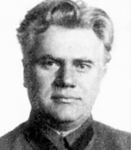
Vsevolod Balytsky
Directed merciless food confiscation as head of secret police in Ukraine; executed in 1937.
1930 rebellion
To Bolsheviks who remembered the Ukrainian peasant rebellion of 1918–1919, the rebellion of 1930 seemed both familiar and dangerous; 1932 and 1933 were the beginning of the great wave of terror that peaked all across the U.S.S.R. in 1937 and 1938. Moscow’s paranoia about the counter-revolutionary potential of Ukraine continued after World War II, and into the 1970s and 1980s. It was taught to every successive generation of secret police, from the OGPU to the NKVD to the KGB, as well as every successive generation of party leaders. Perhaps it even helped mould the thinking of the post-Soviet elite.
Collectivization fails

Lazar Kaganovich
Stalin put him and Vyacheslav Molotov in charge of forced collectivization.
“We could lose Ukraine,” Stalin warned Lazar Kaganovich in August 1932. Everybody understood that collectivization was itself the source of the new food shortages. Stalin himself had received reports explaining exactly what was wrong with the collective farms, describing their inefficiency in great detail. Both threats and persuasion were failing. That left coercion — and in December 1931, Stalin and Molotov made coercion the policy. Anyone found in possession of any bread or grain was dragged from his or her home and stripped of their possessions, just as had happened to the kulaks in the months before. By spring 1932, there were tens of thousands of malnourished, starving and swollen people dying from famine in every village.
Stalin refuses food aid
Even Kaganovich and Molotov supported providing Ukraine with food aid, but Stalin said no: “In my opinion, Ukraine has been given more than enough.” Instead, in summer 1932, the policies that could have prevented mass famine were abandoned. That summer, Stalin wrote: “Crime must be punished with 10 years or capital punishment. Without these (and similar) draconian socialist measures it is impossible to establish new social discipline, and without such discipline it is impossible to strengthen and defend our new order.”
All belongs to state
On Aug. 7, 1932, Stalin adopted this law: “Public property is the basis of the Soviet system. It is sacred and inviolable, and those who attempt to steal public property must be considered enemies of the people.” The theft of tiny amounts of food could be punished by 10 years in a labor camp or death. The law had no precedent, even in the U.S.S.R. By the end of 1932, less than six months of the law’s passage, 4,500 people had been executed for breaking it. Over 100,000 had received 10-year sentences in labor camps.
Suicide of Stalin’s wife
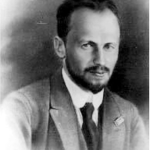
Nikolai Bukharin
Bolshevik accurately predicted that Stalin’s collectivization would be a disaster; executed in 1938.
On Nov. 9, 1932, Stalin’s second wife, Nadezhda Sergeevna Alliluyeva, committed suicide. There is speculation that she killed herself because of anguish over the Holodomor. She supported Nikolai Bukharin and opposed collectivization. By autumn 1932, it was possible for Stalin to reverse course and save lives, but he instead chose repression and no aid to Ukraine. In November and December 1932, Stalin deliberately created a deeper crisis. Step by step, using bureaucratic language and dull legal terminology, the Soviet leadership, aided by their cowed Ukrainian counterparts, launched a famine within the famine, a disaster specifically targeted at Ukraine and Ukrainians. Several sets of directives that autumn — requisitions, blacklisted farms and villages, border controls and the end of Ukrainization, along with an information blockade and extraordinary searches — were designed to remove everything edible from the homes of millions of peasants. These directives created the famine now remembered as the Holodomor. The Holodomor, in turn, delivered the predictable result: the Ukrainian national movement disappeared completely from Soviet politics and public life. The “cruel lesson of 1919” had been learned, and Stalin never intended to repeat it. During winter 1933, meanwhile, grain exports continued to flow out of the U.S.S.R. Stalin responded to Ukrainians fleeing in January 1933 by closing the borders. Train tickets were no longer sold to Ukrainian villagers. An internal passport system was set up in December 1932, creating what writer Lev Kopelev called a “new serfdom.”
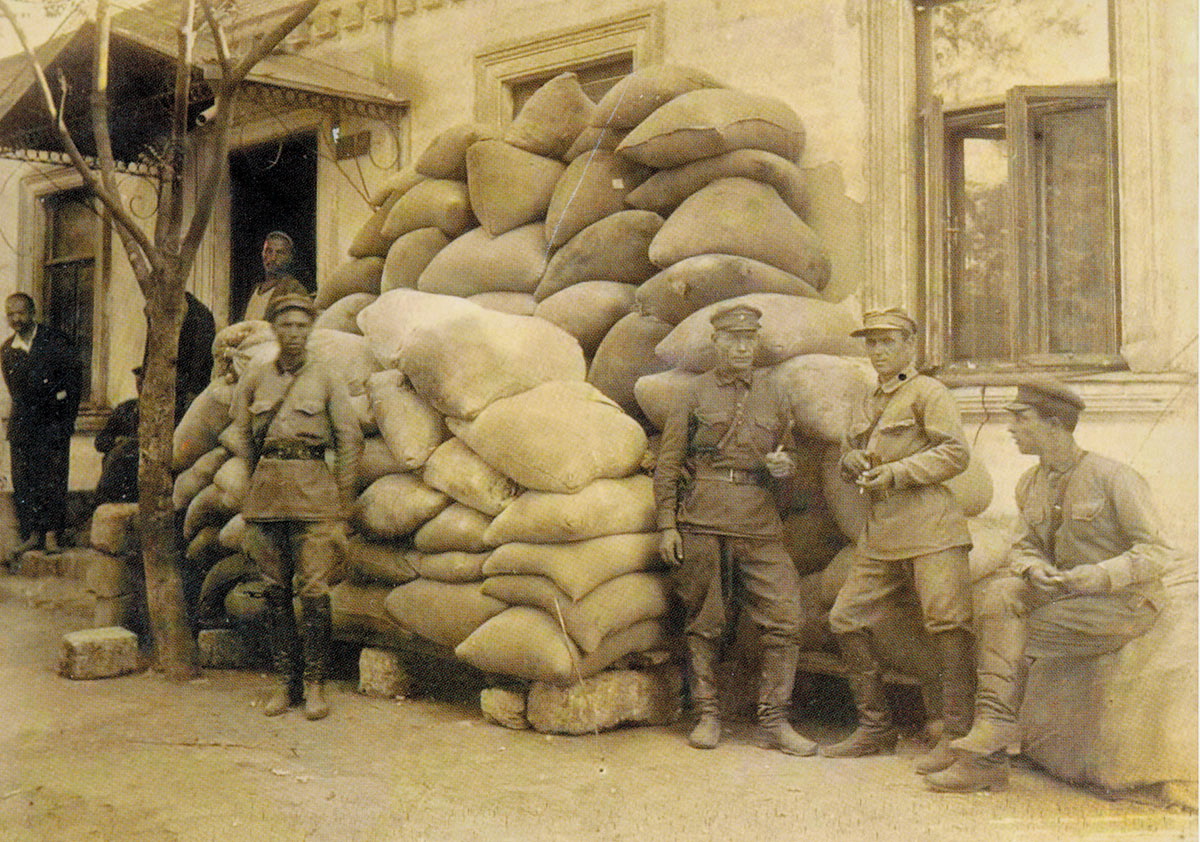
Soviet police stand next to sacks of grain confiscated from Ukrainian peasants in Kherson Oblast in 1932. Soviet dictator Joseph Stalin starved to death an estimated 3.9 million Ukrainians during the Holodomor. (Ukrainian state archives)
Hrushevsky’s 1931 arrrest
At the same time, purges took place. Mykhailo Hrushevsky was arrested in spring 1931. Show trials began. Between 1931 and 1936, thousands of churches ceased to function.
Resistance ends
As Uliana Lytvyn, 80, said: “Famine makes animals, entirely stupefied, of nice, honest people.” Recalled Kateryna Marchenko: “There were no funerals. There were no priests, requiems, tears. There was no strength to cry.” Cannabalism became widespread. The famine peaked in spring 1933. Death rates went up in January and then kept increasing through the spring, then slowly dwindled through the rest of 1933 and 1934.
3.9 million lives lost
While Stalin scrapped a 1937 census, Ukrainian demographers now believe 3.9 million Ukrainians were killed in the Holodomor out of 31 million — or 13 percent; 3.5 million deaths happened in rural areas compared to 400,000 in urban areas. Men born in 1932 had a life expectancy of 30; women 40.
Famine ends: May 1933
In May 1933, Stalin approved food aid for Ukraine. Requisitions eased. Collectivization accelerated. Surviving peasants joined collective farms en masse that spring. This time there was no talk of rebellion. Ukrainians slowly stopped dying of hunger. The Soviets started moving Russians into Ukraine to replace the depleted population. Between 1959 and 1970, over a million Russians migrated to Ukraine. By January 1934, only 4 of 12 members of the Ukrainian Communist Party Politburo were Ukrainians. By 1937–1938, the Ukrainian Communist Party was purged spotless.
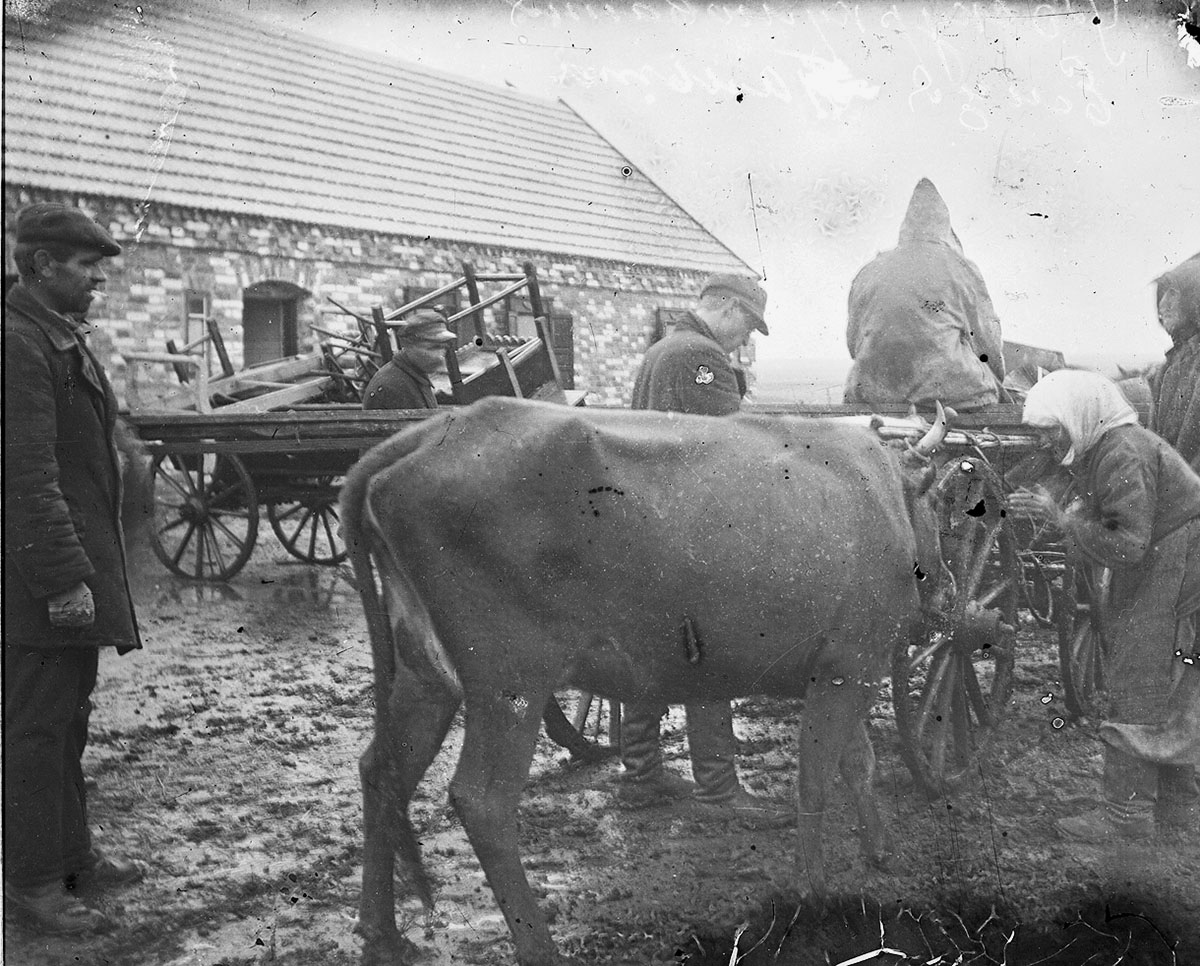
Soviet police confiscate livestock and property from “kulaks” – enemies of the state – in Donetsk Oblast. The ruthless starvation of Ukrainians during the Holodomor killed 3.9 million people. (Ukrainian state archives)
Rewriting history
Whereas, in 1921, the Soviet leadership had spoken of starving peasants as victims, Stalin switched the vocabulary in 1933. Those who were starving were not victims; they were perpetrators. From 1933 until the late 1980s, silence inside Ukraine about the Holodomor was nearly total. During the Russian invasions of Crimea and eastern Ukraine in 2014, Russian-backed separatists and Russian politicians said that their illegal interventions were a “defense against genocide.” By 2016, the arguments had come full circle. The post-Soviet Russian state was once again in full denial: The Holodomor did not happen, and only “Nazis” would claim it did.
Consequences
The elimination of Ukraine’s elite in the 1930s continues to matter. Even three generations later, many of modern Ukraine’s political problems, including distrust of the state, weak national institutions and a corrupt political class, can be traced to the loss of that first, post-revolutionary, patriotic elite. Many Russians do not treat Ukraine as a separate nation with a separate history. Many Europeans are only dimly aware that Ukraine exists at all. Ukrainians have mixed and confused loyalties. The ambiguity can translate into cynicism and apathy. Those who do not care much or know much about their nation are not likely to work to make it a better place. Those who do not feel civic responsibility are less interested in stopping corruption.
Rebounding nation
In 2005, less than half of Ukrainians preferred the Ukrainian language. By 2015, two-thirds did. Thanks to Russian pressure, the nation is unifying behind the Ukrainian language as it has not done since the 1920s. Some 80 years later, the Russian FSB, the KGB successor, continues to demonize its opponents with propaganda and disinformation.
